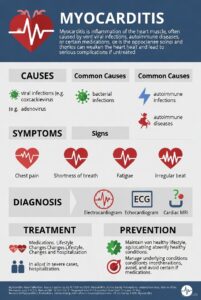Nursing Management
-
- Nursing Assessment
- Subjective Data
- Important Health Information
- Past health history:
- Previous urinary tract infection.
- Urinary calculi, reflux, strictures, or retention.
- Neurogenic bladder, pregnancy, benign prostatic hyperplasia, bladder cancer, sexually transmitted infection.
- Medications: Antibiotics, anticholinergics, antispasmodics
- Surgery or other treatments:
- Recent urologic instrumentation (catheterization, cystoscopy)
- Past health history:
- Functional Health Patterns
- Health perception–health management:
- Urinary hygiene practices.
- Lassitude, malaise
- Nutritional-metabolic:
- Nausea, vomiting, anorexia. Chills
- Elimination:
- Urinary frequency, urgency, hesitancy. Dysuria, nocturia
- Cognitive-perceptual:
- Suprapubic or low back pain, costovertebral tenderness, bladder spasms, dysuria, burning on urination
- Sexuality-reproductive: Multiple sex partners (women), use of spermicidal agents or contraceptive diaphragm (women)
- Health perception–health management:
- Important Health Information
- Objective Data
- General
- Fever, chills, dysuria
- Atypical presentation in older adults: afebrile, absence of dysuria, loss of appetite, altered mental status
- Urinary
- Hematuria. Cloudy, foul-smelling urine. Tender, enlarged kidney
- Possible Diagnostic Findings
- Leukocytosis. UA positive for bacteria, pyuria, RBCs, WBCs, and nitrites. Positive urine culture. Ultrasound, CT scan (CT urogram), VCUG, and cystoscopy indicating urinary tract abnormalities
- General
- Subjective Data
- Nursing Diagnoses
- Impaired urinary elimination related to the effects of UTI
- Infection
- Risk for urge urinary incontinence
- Acute pain: dysuria related to inflammatory process in bladder
- Readiness for enhanced health management
- Nursing Planning
- Patient will have
- Relief from lower urinary tract symptoms (LUTS)
- No upper urinary tract involvement
- No recurrence
- Patient will have
- Nursing implementation
- Health Promotion
- Recognize individuals at risk
- Debilitated persons
- Older adults
- Underlying diseases (HIV, diabetes)
- Taking immunosuppressive drug or corticosteroids
- Emptying bladder regularly and completely
- Evacuating bowel regularly
- Wiping perineal area front to back
- Drinking adequate fluids (person’s weight in pounds/2)
- 20% of fluid comes from food
- Cranberry juice or cranberry tablets may reduce number of UTIs
- Avoid unnecessary catheterization and early removal of indwelling catheters
- Aseptic technique must be followed during instrumentation procedures
- Routine and thorough perineal care for all hospitalized patients
- Answer call lights and offer bedpan or urinal at frequent intervals
- Recognize individuals at risk
- Prevention of CAUTI
- Avoidance of unnecessary catheterization
- Early removal of indwelling catheters
- Follow aseptic technique for procedures
- Handwashing before and after patient contact
- Wear gloves for care of urinary catheters
- Health Promotion
- Nursing Assessment




